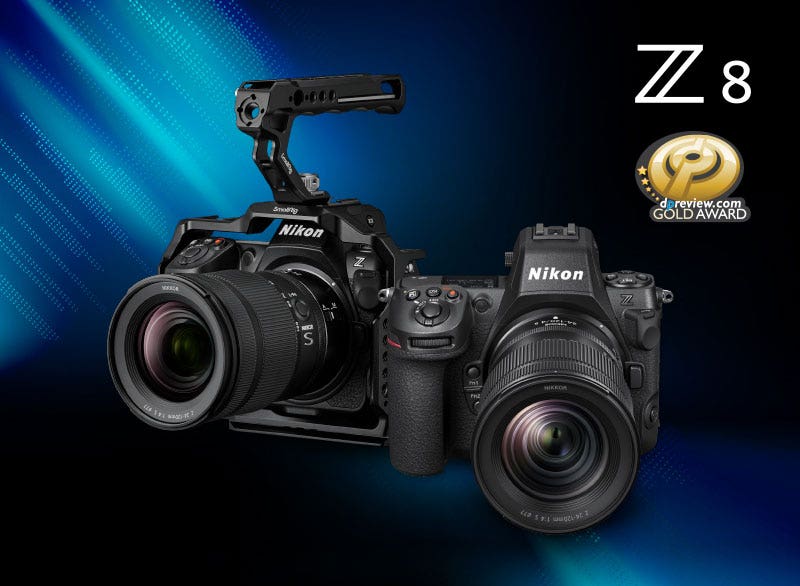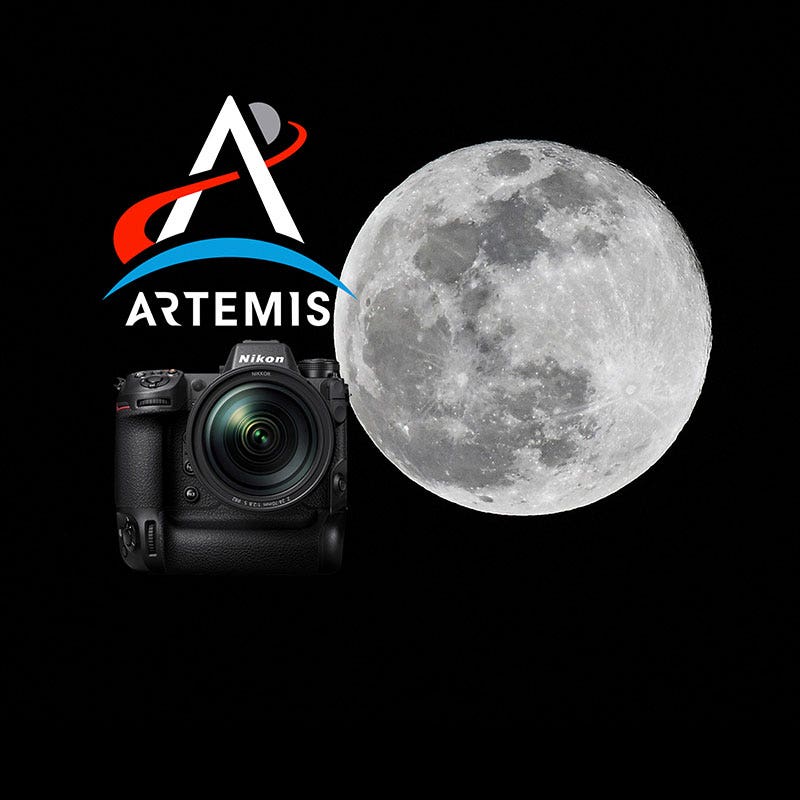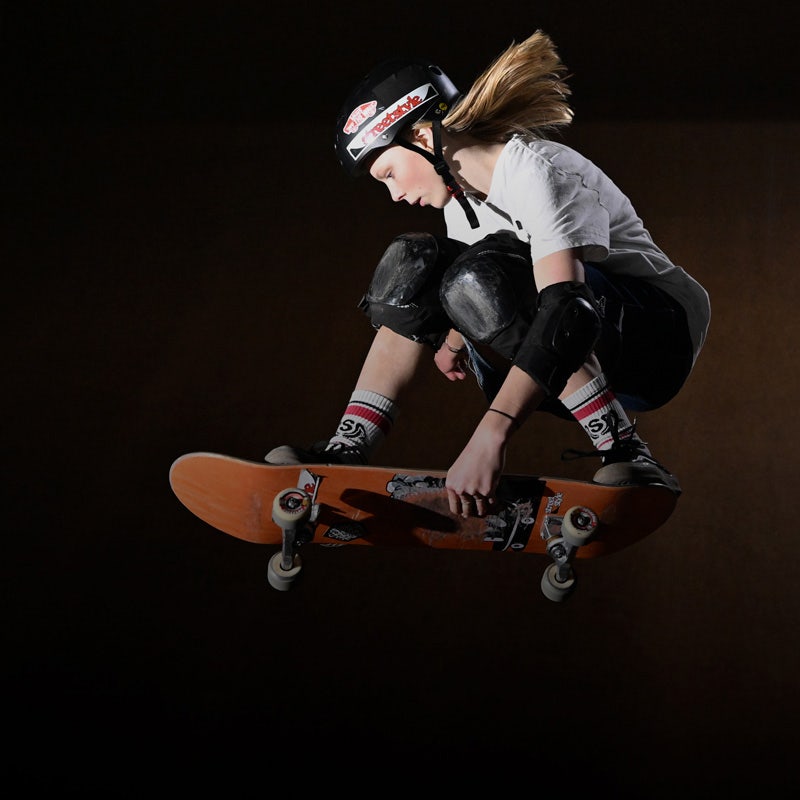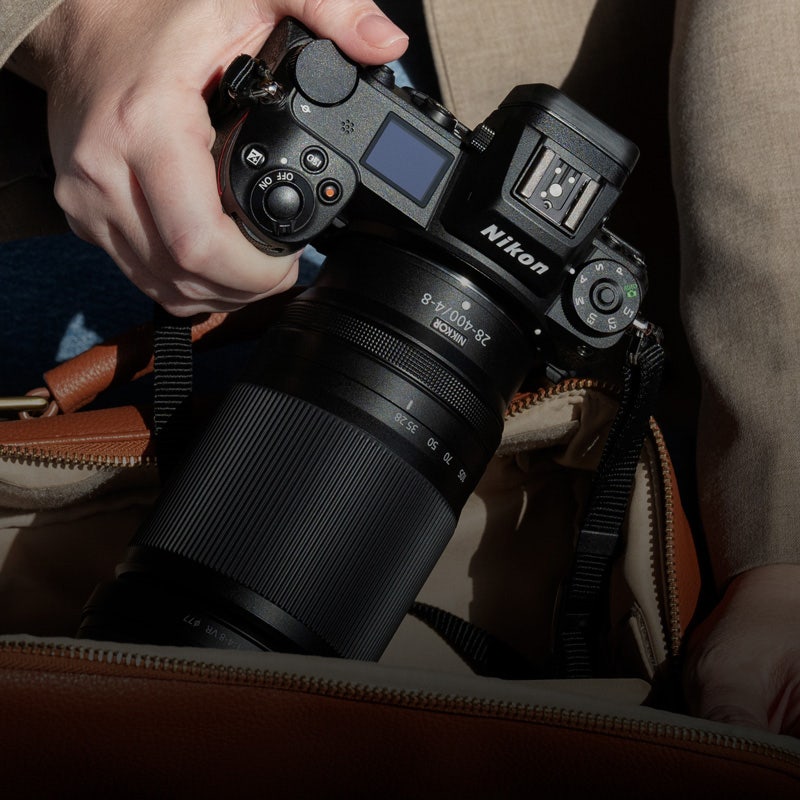

Learn & Explore - Z Series
Transform your Street Photography


Discover the Nikon Z series cameras and experience their true capabilities in a variety of scenes. I took one of Nikon's first FX-format mirrorless cameras out on a field test to shoot some street photography in the city. The Nikon Z 7 and Z 6 series cameras are equipped with an electronic viewfinder (EVF), high-speed autofocus (AF) system using Touch Shutter, in-camera Vibration Reduction (VR) image stabilisation, and there’s also the option of the Mount Adapter FTZ for the F mount lenses. These all-new shooting features truly transformed my photography style. Join me as I shoot various scenes and introduce some tips on using this new photography style—unique to the Nikon Z series cameras—that captured my interest as a photographer. (Report by Ryo Owada)
Scene 1: Capturing subjects at a fast and instantaneous pace while walking on the streets
Nikon Z Series Tips: Enable the Touch Shutter
Cameras are more susceptible to camera shake when used for street photography while walking around, so I recommend using a fast shutter speed. Here I obtained a shutter speed of 1/5000 sec as a result of using the maximum aperture.


Nikon Z 7/ NIKKOR Z 35mm f/1.8 S (FL: 35mm)/ Aperture-priority Auto (f/1.8, 1/5000 sec, EV ±0)/ ISO: 100/ WB: Auto/ Picture Control: Standard/ Release Mode: Single frame/ Focus Mode: AF-S/ AF-Area Mode: Single-point AF
The high-speed AF of the Touch Shutter transforms the style of street photography
Compared to earlier DSLR models, one of the most important features of the Nikon Z series cameras that impacts photography style is the Touch Shutter. The AF speed of the Touch Shutter on the Nikon Z series is astonishing, and the difference is plain to see when you compare it with the AF speed of the Touch Shutter on the D850, which can be utilized by switching to Live View.
This difference in AF speed using the Touch Shutter is remarkable even when using an F mount lens via a Mount Adapter FTZ. Although the AF speed will depend on the focal length of the lens used and shooting distance from your subject, I found that in normal street photography, it feels as though the shutter is released virtually instantaneously.
In this scene, using the new Z mount lens, the NIKKOR Z 35mm f/1.8 S, I took snapshots while walking through the waves of pedestrians in the city. The fast and accurate AF allowed me to capture shots using a composition that was very close to what I aimed for. At maximum aperture, the silhouettes of the fine pine leaves are vividly reproduced.



Touch Shutter/AF: On

Touch AF: On

Touch Shutter/AF: Off
Nikon Z series settings for street photography #1:
Enable the Touch Shutter
When Touch Shutter/AF is enabled, you can rapidly auto focus and take photos by simply touching the rear monitor. Two other modes are available: A mode that only enables focusing on the part that is touched, and a mode that disables Touch Shutter and Touch AF all together.
Nikon Z series settings for street photography #2:
Use the tilting mechanism
For this shoot, I held the camera at chest height and tilted the rear monitor upward. This style makes it easy for you to shoot at a fast pace while walking around town.


Nikon Z series settings for street photography #3:
Single-point AF or Wide-area AF (S) for easy shooting


Single-point AF


Wide-area AF (S)
Focusing on any area of your choice using the Touch Shutter is made easy by setting the AF area mode to Single-point AF or Wide-area AF (S). When you want to carefully compose your images, select Single-point AF. If your priority is snap away at a rapid tempo with a narrow aperture, use Wide-area AF (S).
Scene 2: Making the most of the high resolving power to capture buildings in fine detail
Nikon Z Series Tips: Use an ultra-wide-angle lens with the aperture set to f/11
Set the aperture to f/11. At this aperture you can obtain a deep depth-of-field, with deep focus that remains sharp from nearby through to the distant background, as well as vividness across the whole image area.


Nikon Z 7/ AF-S NIKKOR 14-24mm f/2.8G ED (FL:14mm)/ Aperture-priority Auto (f/11, 1/200 sec, EV -0.3)/ ISO:200/ WB: Auto/ Picture Control: Standard/ Release Mode: Single frame/ Focus Mode: AF-S/ AF-area Mode: Single-point AF/ Mount Adapter FTZ used
Use a large f-stop number and Active D-Lighting to obtain high density images
I used the Mount Adapter FTZ to take shots that make the most of the exaggerated perspective of ultra wide-angle lenses. By using a narrow aperture and thus deep focus, the high resolution of the Nikon Z 7—with an effective pixel count of 45.7 megapixels—can capture vivid and finely detailed street photos, exceptionally resolved right to the edges of the image.
During clear-sky days, there is a tendency for the white of the highlighted areas to be ‘blown out’ and the black of the shadow areas to be ‘crushed’ due to the high contrast, so by enabling Active D-Lighting to restore shadow and highlight details, you can obtain an even higher density depiction of light and dark areas and colour.
Nikon Z series settings for street photography #4:
Use a wide-angle zoom lens with Mount Adapter FTZ
I wanted to capture images that make the most of the exaggerated perspective to emphasize the impact of the buildings. For the shoot, I used a combination of an F mount ultra wide-angle zoom lens with the Mount Adapter FTZ. Even with the F mount lens, I did not feel concerned in any way with the AF speed and accuracy.




Nikon Z series settings for street photography #5:
Use Active D-Lighting
This feature can be used to minimise loss of shadow and highlight details in high contrast scenes during clear-sky days. The settings can be configured from the i menu.
Scene 3: Street photography at night with minimal camera shake
Nikon Z Series Tips: Use VR image stabilisation together with ISO Auto
I set the ISO sensitivity to 'Auto ISO', and the minimum shutter speed to 1/80 sec in the Auto ISO menu. As a result, the image was captured in the high ISO sensitivity range, but excellent gradation was still obtained.


Nikon Z 7/ NIKKOR Z 24-70mm f/4 S (FL: 34mm)/ Aperture-priority Auto (f/4, 1/80 sec, EV -0.3)/ ISO: 12800/ WB: Auto/ Picture Control: Standard/ Release Mode: Single frame/ Focus Mode: AF-S/ AF-area Mode: Single-point AF
The outstanding in-camera VR image stabilisation feature is something you especially want to experience during street photography
The in-camera Vibration Reduction (VR) image stabilisation feature on the Nikon Z 7 and Z 6 uses sensor shift inside the camera, and you can expect up to 5 shutter speed stops of image stabilisation. This is especially effective for street photography at night.
For handheld shooting, camera shake would normally start to become apparent at the shutter speed that I used, at 1/80 sec. However, I obtained vivid images with minimal impact from camera shake for almost all of my shots.
Moreover, the image above was captured with Auto ISO at a sensitivity of ISO 12800, yet there was little sign of noise, and the image quality is more than suited for practical use.
The accuracy of the Auto White Balance was also high even under mixed light conditions, with irregularities in colour corrected to make the colour appear more natural.


Nikon Z series settings for city nightscape photography #6:
Enable VR image stabilisation*
On the Z 7 and Z 6, the in-body image stabilisation (IBIS) feature performs 5-axis vibration reduction (VR) by up to 5 shutter speed stops, providing a wider selection of shutter speeds. With F mount lenses attached via the Mount Adapter FTZ, the IBIS performs 3-axis VR image stabilisation.


Nikon Z series settings for city nightscape photography #7:
Use Auto ISO
By setting a minimum shutter speed in the Auto ISO settings, you will be able to shoot at shutter speeds faster than the minimum set. This feature will automatically adjust the ISO sensitivity, and is useful for avoiding soft images caused by camera shake in low-light situations.


Ryo Owada
Born in Miyagi Prefecture in 1978, Ryo Ohwada graduated from the Tokyo Polytechnic University’s Graduate School of Arts. In 2005, his works were selected to be featured in the “reGeneration.50 Photographers of Tomorrow” exhibition at the Musée de l'Élysée in Switzerland. Other works have also been displayed both within and outside Japan, such as in the LUMAS gallery in Germany. Ohwada continues to showcase his unique works with the general public, actively contributing to magazines and advertising media well as holding frequent group and individual exhibitions. He is also a part-time lecturer at Tokyo Polytechnic University.





